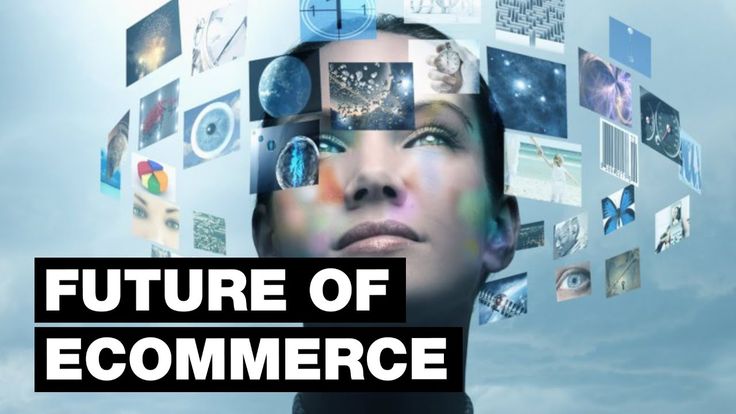
E-commerce development is an ever-evolving field, driven by technological advancements, consumer expectations, and market shifts. In recent years, the growth of online shopping has been nothing short of explosive, and businesses are increasingly turning to e-commerce platforms to expand their reach and generate revenue. However, with the rapid pace of change, staying ahead of the curve in e-commerce development is crucial for businesses aiming for long-term success. In this blog post, we will explore the latest trends in e-commerce development and discuss key strategies that can help your business thrive in the competitive online marketplace.
1. Mobile-First Development
With the majority of internet traffic now coming from mobile devices, a mobile-first approach to e-commerce development has become essential. Consumers expect a seamless shopping experience across all devices, and if your website or store isn’t optimized for mobile, you risk losing potential customers. Mobile-first design focuses on creating user-friendly, responsive websites that provide an exceptional mobile experience. Ensuring that your e-commerce site is fast, visually appealing, and easy to navigate on smartphones and tablets is key to capturing and retaining mobile shoppers.
2. AI and Personalized Shopping Experiences
Artificial intelligence (AI) is revolutionizing the way e-commerce businesses interact with customers. Personalized shopping experiences are now more accessible than ever, thanks to AI-powered tools that analyze customer behavior and tailor product recommendations. Machine learning algorithms can track customer preferences, predict purchasing patterns, and provide targeted marketing strategies. This level of personalization increases customer satisfaction and boosts sales by offering relevant products to the right audience at the right time. Whether it’s personalized email marketing campaigns, recommendations based on past purchases, or dynamic pricing strategies, AI is paving the way for more intelligent and effective e-commerce operations.
3. Voice Commerce
Voice assistants like Amazon’s Alexa, Google Assistant, and Apple’s Siri have transformed the way consumers interact with technology, and voice commerce is quickly becoming a dominant force in the e-commerce industry. Voice shopping allows consumers to make purchases or search for products using simple voice commands. The convenience and hands-free nature of voice commerce make it an appealing option for time-starved shoppers. As voice recognition technology continues to improve, businesses will need to optimize their e-commerce platforms for voice search to ensure they remain accessible to a growing segment of voice-first shoppers.
4. Blockchain and Secure Transactions
In the world of e-commerce, security is a top priority. With an increase in online transactions, businesses are looking for ways to safeguard their customers’ sensitive data. Blockchain technology is gaining traction as a solution to enhance security and transparency in online transactions. By providing a decentralized and immutable ledger, blockchain can help prevent fraud, reduce transaction costs, and improve the overall trustworthiness of e-commerce platforms. The use of blockchain for secure payments and supply chain tracking can also streamline operations, providing both businesses and consumers with greater confidence in the integrity of transactions.
5. Augmented Reality (AR) for Enhanced Shopping
E-commerce businesses are increasingly adopting augmented reality (AR) technology to enhance the shopping experience. AR allows consumers to visualize products in their own environment before making a purchase. For example, furniture retailers use AR to let customers see how a piece of furniture would look in their living room before buying it. Similarly, fashion retailers are using AR to offer virtual try-ons for clothing, shoes, and accessories. By providing customers with interactive and immersive shopping experiences, AR is helping bridge the gap between online and in-store shopping, increasing customer engagement and reducing product returns.
6. Sustainable and Ethical E-commerce Practices
Consumers are becoming more conscious of the environmental and ethical implications of their purchases. Sustainable practices in e-commerce, such as eco-friendly packaging, carbon-neutral shipping, and sourcing ethical products, are increasingly in demand. Businesses that embrace sustainability and promote ethical practices are more likely to attract environmentally-conscious customers. Additionally, businesses that are transparent about their supply chains and environmental impact gain customer loyalty, as shoppers are more inclined to support brands that align with their values. E-commerce development teams should focus on incorporating sustainable practices into every aspect of their online operations, from product sourcing to packaging and delivery.
7. Subscription-Based E-commerce Models
Subscription-based models are transforming traditional e-commerce. From monthly beauty boxes to subscription meal kits, businesses are offering customers a more personalized and convenient shopping experience. Subscription e-commerce not only creates a steady stream of recurring revenue but also helps build long-term relationships with customers. By analyzing customer preferences and delivering curated products on a regular basis, businesses can increase customer retention and create a loyal customer base. Subscription services can be a great way to provide value, improve customer satisfaction, and foster brand loyalty.
8. Omnichannel E-commerce Integration
Omnichannel marketing is essential for businesses looking to create a seamless shopping experience across multiple platforms. Consumers now expect a unified experience whether they are shopping online, in-store, or through mobile apps. Omnichannel e-commerce integration enables businesses to connect their online store with physical stores, social media channels, mobile apps, and even third-party marketplaces like Amazon. By offering a consistent brand experience across all touchpoints, businesses can improve customer satisfaction, increase conversions, and provide greater convenience for shoppers.
Conclusion
E-commerce development is an ever-changing landscape, and businesses that want to succeed in the digital age must embrace emerging trends and innovative technologies. From mobile-first development and AI-powered personalization to the rise of voice commerce and blockchain security, staying ahead of the curve is essential for capturing and retaining customers. At IdeaDev, we specialize in providing cutting-edge e-commerce development solutions that help businesses leverage the latest trends and technologies to stay competitive. Whether you are looking to build a new online store or enhance your existing platform, our team can help you create a seamless, secure, and engaging shopping experience that drives growth and success.










